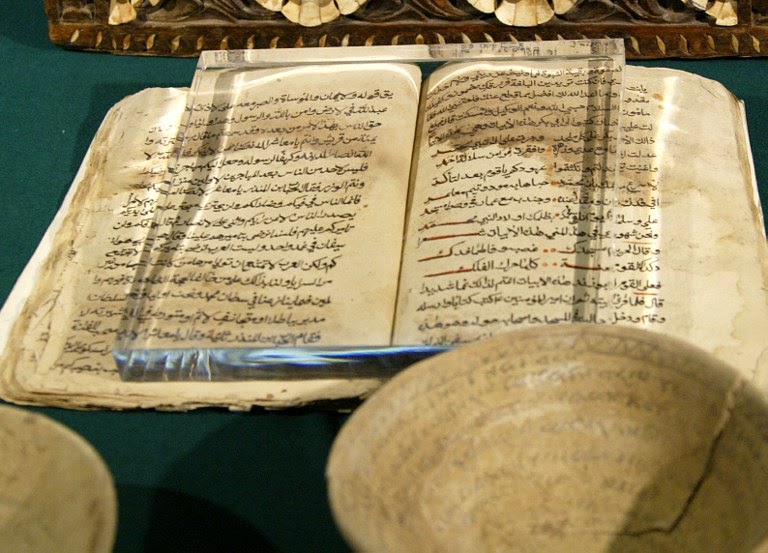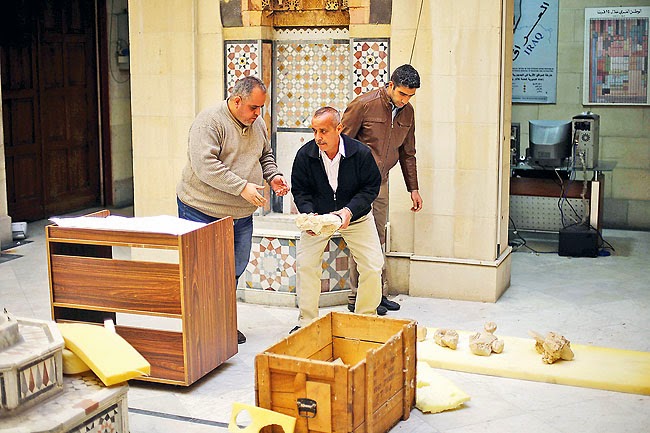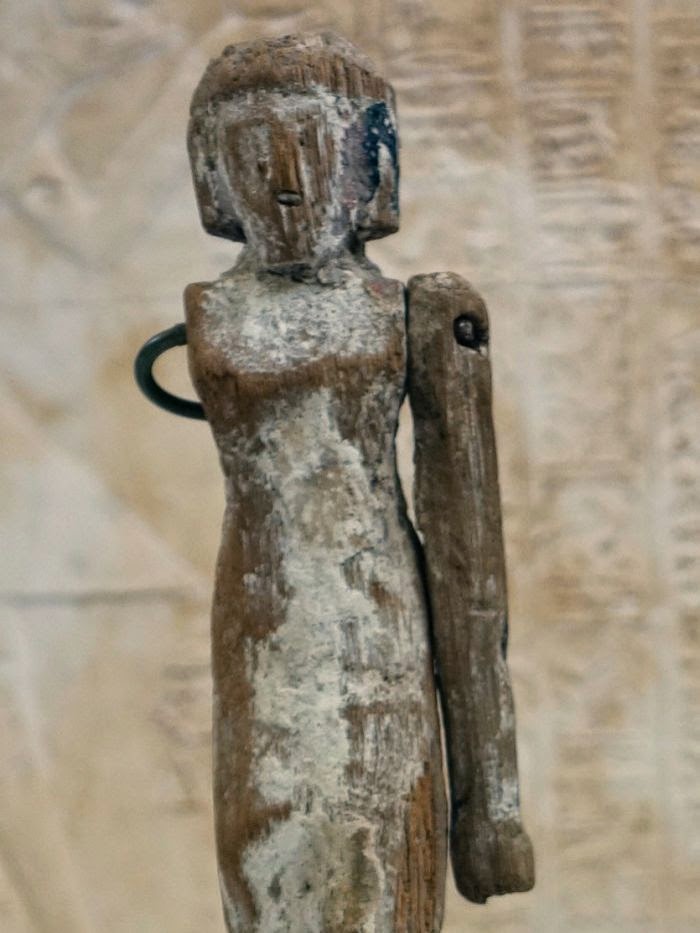There are these things right now, the "Stop Online Piracy Act" (or SOPA) and the Protect-IP Act, that are getting a lot of attention. And chances are, that if you are spending much time online right now (Jan 18) you have run into at least one site that has been 'blacked out' in protest. (If you haven't, go to Google's homepage).
I thought about joining the black out, and the idea of it really appeals to me, because I am strongly, adamantly opposed to these two bills. But I'm not going for a black out, because, quite honestly, I'm pretty sure I would break my blog.
So, instead, I'm going to give you a quick run down of why I think these two bills are so detrimental and then I'm going to direct you to how and where you can actually make a difference.
FIRST: What are they?
Essentially, the purpose of these two bills is to stop the blatant copyright violations we see online. The goalis that it can be used to restrict the ability of sites to steal copyrighted information and content (movies, music, books, television shows, etc). And honestly, I think that is all fine and good. We have copyright laws for a reason and if you hold that copyright, you should legally be allowed to protect it.
However. The wording of these bills is far too vague to be effective in the way the bill intends. People who support this bill claim that it will only be used in extreme cases to protect blatant and flagrant violations of copyright. But by now, I think everyone is fully aware that when a law gives you a little bit of wiggle room, you wiggle and jiggle and finagle until you've taken advantage of every bit you possibly can.
So. To protect media copyrights, this bill will grant corporations the ability to have a US website shut down if it violates the copyright laws, or it will force US ad agencies and money/payment services (like Paypal) to remove all advertisements or connection to these sites.
To get a website restricted/blackballed/turned off (whatever you want to call it) all the copyright holder needs to do is get a court order. And to get a court order... Do you know what you need? A judge. ONE judge who agrees with you and is willing to sign off. There is no due process, no opportunity for you to make a case for yourself, nothing. If a copyright holder who feels they have been violated can convince a judge that this website has wronged them, it's over. And that's it.
This is not the best analysis of SOPA out there. There are many more, some who have more information, and some who, I'm sure, present it in a much clearer manner.
But what I AM going to do is provide you with a way to make a difference.
SOPA is the bill being voted on in the House of Representatives.
Protect-IP is the version being debated in the Senate.
I did an internship in the office of my Senator and here are some things I can tell you, so that when you call in to voice your concerns, they actually pay attention-
Do NOT call the Senate and complain about SOPA. It's a House of Representatives Bill, so the Senate hasn't 'seen' SOPA yet, and they won't 'see' it unless the House votes on it and it passes. Calling your Senator to tell them to VOTE NO doesn't do anyone any good, because they won't be voting on it at all. So, when you call your Senator, talk about the Protect-IP act instead. (and vice versa for the House).
Another thing — If you are from Minnesota, don't call a California Senator's office and expect them to care. It doesn't make a difference. Most offices will politely listen to what you have to say, get you off the phone quickly and then disregard your concerns. It sounds harsh, I know, but honestly — a Congressman's responsibility is to their own Constituents. So call YOUR state Senators and House members.
Also — When you call the House of Representatives, know which District you are calling from. House members are state representatives, but their primary focus is to their own district. It is a way to be sure that all areas of the state are equally represented. So a call to the House member from your District will bear more weight.
Don't know who or how to contact them? The following website is GOLDEN. It lists every single member of the Senate and House of Representatives, sorted by state and includes an email address as well as a link to their website. GO HERE:
GIANT List of Congressional awesome
OR you can call this number — 202-224-3121. This is the number for the Senate Switchboard operator. Ask for the Senator from your state & they will transfer you to the correct office. AND many of the staffers you speak to will be willing to transfer your calls 'in house' as well. So, call one Senator, who will transfer you to the office of the other Senator, who will transfer you to the House member from your district.
I'd love to have you come back and comment after, letting me know if it was successful, who you talked to, why you are against (or for) SOPA/Protect-IP.
It's something that will drastically effect almost everyone and can seriously change the sharing of information in the future, and it's something I think everyone should care about.
So go out, research & contact your Congressman. This is why we elect them, so that they can represent the interests of their constituency. So speak out!























 At once it is necessary to comment, that the above-named method not is the new. According to experts about method Kwikset Bump Key it is known already more than 20 years.
At once it is necessary to comment, that the above-named method not is the new. According to experts about method Kwikset Bump Key it is known already more than 20 years. Bumping is a method of longitudinal shock influence on the cylinder lock. Process looks so: the special key (Bump Keys) and a small hammer is required to the malefactor. The burglar inserts into lock Bump Key and starts to tap slightly. Because of vibration the confidential mechanism of the lock can be arranged itself under Bump Key Sets which needs to be turned thus in a keyhole. It is a little patience — and the lock opens...
Bumping is a method of longitudinal shock influence on the cylinder lock. Process looks so: the special key (Bump Keys) and a small hammer is required to the malefactor. The burglar inserts into lock Bump Key and starts to tap slightly. Because of vibration the confidential mechanism of the lock can be arranged itself under Bump Key Sets which needs to be turned thus in a keyhole. It is a little patience — and the lock opens...















